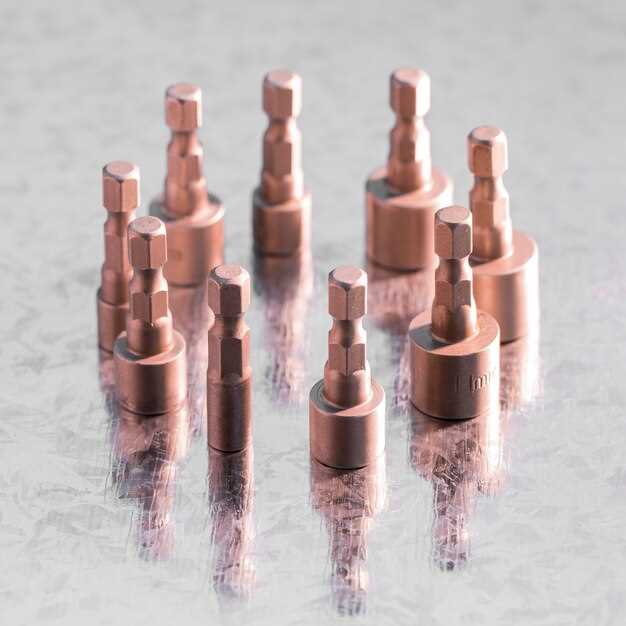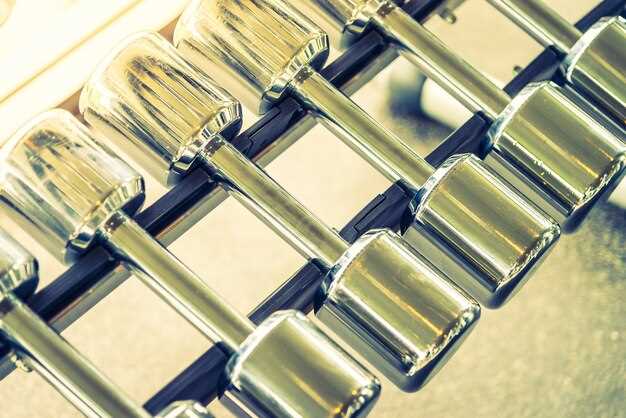
In the world of automotive performance, upgrading your bushings can significantly enhance your vehicle’s control and precision. The bushings are pivotal components of the suspension system, acting as cushions between various parts and reducing vibrations while allowing smooth movement. Most stock bushings use rubber, which can degrade over time, leading to reduced performance and responsiveness.
One of the most effective materials for bushing upgrades is polyurethane. Unlike rubber, polyurethane offers superior durability and resistance to wear, providing a firmer ride and improved handling characteristics. By switching to polyurethane bushings, drivers experience a more connected feel to the road, allowing for tighter cornering and better overall vehicle dynamics.
Upgrading your bushings not only enhances control and precision but also contributes to the longevity of your suspension components. With the right selection and installation of polyurethane bushings, you can transform your vehicle’s performance, making it more engaging and enjoyable to drive. Whether you’re a casual driver or a motorsport enthusiast, the benefits of this simple upgrade are undeniable.
Understand the Importance of Suspension Components
Suspension components play a crucial role in a vehicle’s overall performance, providing stability, handling, and comfort. These components, including bushings, control arms, and shocks, work together to absorb impacts from the road while maintaining tire contact for optimal grip.
One key element of suspension systems is the bushings. Traditional rubber bushings can degrade over time, leading to reduced performance and control. Upgrading to polyurethane bushings can significantly enhance the responsiveness of your suspension. Polyurethane offers improved durability and resistance to wear, which helps maintain precise alignment and handling under various driving conditions.
Investing in quality suspension components is essential for any vehicle enthusiast seeking better driving dynamics. An upgrade not only improves precision but also enhances the overall driving experience, making it smoother and more enjoyable. When considering an upgrade, selecting the right materials, such as polyurethane, can ensure long-lasting performance and reliability.
Benefits of Polyurethane Bushings over Rubber
Upgrading to polyurethane bushings from traditional rubber options offers significant advantages for suspension systems. One of the primary benefits is enhanced durability. Polyurethane is resistant to wear, tearing, and environmental factors such as oil and heat. This longevity means fewer replacements and maintenance efforts, saving time and money in the long run.
Another key advantage is improved handling. Polyurethane bushings provide better response and control compared to rubber. They are stiffer, which translates to more precise articulation of the suspension components. This increased stiffness minimizes deflection during cornering and acceleration, resulting in a sportier and more predictable driving experience.
Furthermore, polyurethane bushings excel in vibration absorption. They significantly reduce the amount of noise, vibration, and harshness (NVH) transmitted into the cabin, providing a more comfortable ride without compromising performance. This balance allows drivers to enjoy improved handling while maintaining a level of comfort that rubber bushings often lack.
Finally, the installation of polyurethane bushings can also lead to better alignment and tire wear. By providing a firmer foundation for suspension components, they help maintain the correct geometry under various driving conditions. This results in even tire wear, maximizing longevity and performance while enhancing overall safety.
Selecting the Right Polyurethane Bushings for Your Vehicle

When considering an upgrade to your vehicle’s suspension system, selecting the appropriate polyurethane bushings is crucial for achieving enhanced control and precision on the road. Polyurethane bushings offer superior performance compared to traditional rubber, significantly improving handling and ride quality.
To make the right choice, consider the following factors:
| Factor | Description |
|---|---|
| Vehicle Type | Different vehicles have varying requirements. Consider whether your vehicle is a daily driver, performance car, or off-road application. |
| Durometer Rating | The hardness of the bushings is measured in durometers. A higher number indicates a firmer bushing, which provides better responsiveness but may result in a harsher ride. |
| Brand Reputation | Choose bushings from reputable manufacturers known for quality materials and performance. Reviews and recommendations can guide your selection. |
| Specific Application | Some bushings are designed for specific areas of the vehicle, such as control arms or sway bars. Ensure the bushings you select are suitable for your intended upgrades. |
| Installation Difficulty | Assess whether you will install the bushings yourself or seek professional help. Some bushings may require specialized tools. |
Upgrading to polyurethane bushings can transform your vehicle’s handling characteristics. By carefully evaluating the factors listed above, you can select the right bushings that align with your driving style and enhance your vehicle’s performance.
Installation Process: Tools and Steps Needed
Upgrading your bushings to polyurethane can significantly enhance control and precision in your vehicle’s suspension system. To achieve optimal results, it is essential to follow a systematic installation process. Below are the tools and steps needed for a successful upgrade.
Tools Required:
- Socket set
- Wrench set
- Torque wrench
- Screwdrivers (flat and Phillips)
- Pry bar
- Jack and jack stands
- Heat gun or boiling water (optional, for easier removal)
- Lubricant (silicone or grease)
- Safety gear (gloves and goggles)
Steps for Installation:
- Preparation:
- Ensure the vehicle is parked on a level surface.
- Engage the parking brake and wear safety gear.
- Lift the Vehicle:
- Use a jack to raise the vehicle.
- Secure it with jack stands to prevent movement.
- Remove Old Bushings:
- Locate the suspension arms or components where the bushings are installed.
- Use socket and wrench sets to detach the components from the vehicle.
- If necessary, apply heat or boiling water to soften the rubber bushings for easier removal.
- Pry out the old bushings using a pry bar.
- Insert New Polyurethane Bushings:
- Apply lubricant to the new polyurethane bushings to facilitate installation.
- Align the bushings with the mounting points of the suspension components.
- Press the bushings into place, ensuring a snug fit.
- Reassemble Suspension Components:
- Reattach the suspension components to the vehicle.
- Use a torque wrench to tighten bolts to the manufacturer’s specifications.
- Final Check:
- Inspect the installation to ensure all connections are secure.
- Lower the vehicle and take it for a test drive to assess performance.
By following these steps, you can effectively upgrade your bushings to polyurethane, enhancing your vehicle’s handling and responsiveness.
Common Issues Resolved by Upgrading to Polyurethane
Upgrading to polyurethane bushings significantly enhances your vehicle’s suspension system, addressing several common issues that arise with factory rubber components. One major problem is excessive play in the suspension. Rubber bushings can degrade over time, leading to increased movement that compromises handling and precision. Polyurethane provides a firmer, more durable substitute, ensuring tighter tolerances and improved responsiveness in steering.
Another issue often encountered is the absorption of vibrations. Standard rubber bushings tend to absorb shock but can allow unwanted vibrations to affect the overall ride quality. Polyurethane, while slightly stiffer, does a better job of filtering these vibrations, resulting in a more controlled and comfortable driving experience.
Additionally, rubber bushings may suffer from deterioration due to environmental factors like heat and moisture, leading to cracking and failure. Polyurethane is highly resistant to these elements, offering a longer lifespan and consistent performance. This improvement translates to reduced maintenance costs and less frequent replacements over time.
Moreover, upgrading to polyurethane can enhance load-bearing capabilities. Whether carrying heavy loads or under aggressive driving conditions, polyurethane bushings provide increased stability and support. This added strength results in better handling dynamics and overall control, critical for performance-oriented vehicles.
In summary, upgrading to polyurethane bushings effectively resolves issues related to excessive suspension play, vibration dampening, durability, and load-bearing resistance, making them a smart choice for any driver seeking enhanced control and precision.
Maintenance Tips for Longevity of Bushings

To ensure the longevity and optimal performance of your bushings, particularly those made of polyurethane, regular maintenance is essential. Here are some effective tips to help you maintain and upgrade your bushings:
- Regular Inspection: Frequently check your bushings for signs of wear or damage. Look for cracks, tears, or any deformation that may indicate they need to be replaced.
- Cleanliness is Key: Keep the bushing area clean. Dirt and debris can cause excessive friction and wear. Use a soft brush or cloth to remove any contaminants.
- Lubrication: While polyurethane bushings are generally low-maintenance, using a suitable lubricant can enhance their performance. Apply a small amount of silicone-based lubricant as needed to reduce friction.
- Avoid Overloading: Never exceed the weight limits specified for your bushings. Excessive load can lead to premature failure, negatively impacting control and precision.
Following these maintenance tips will not only prolong the life of your bushings but also enhance their performance, allowing for a smoother upgrade experience and improved overall handling.








